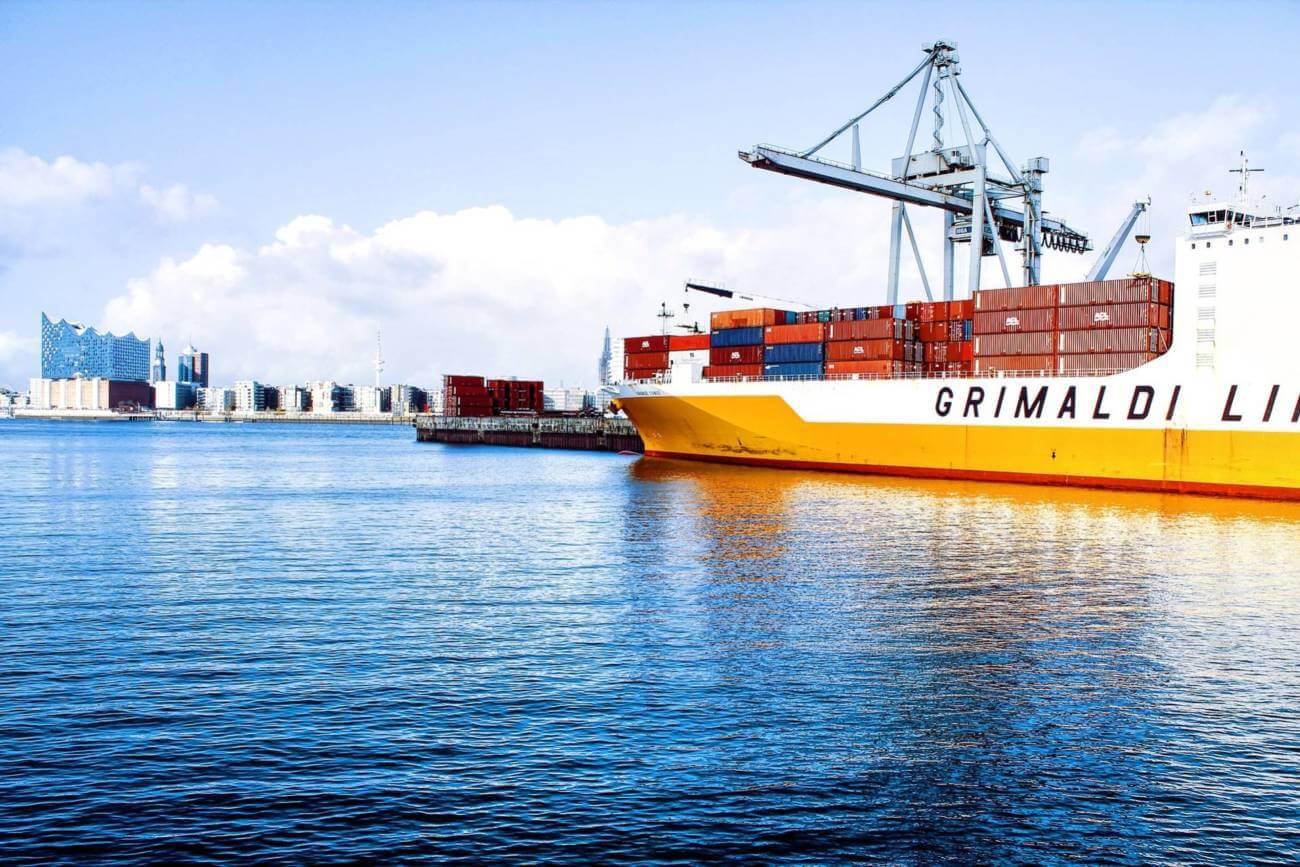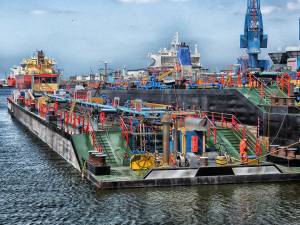Even though shipping and containerised shipments have been happening for a long time, there is still a lack of basic understanding of the weights used in a container, transport requirements and other checks that must be done before a container is packed and loaded. We spoke to Hariesh Manaadiar, author of Shipping and Freight Resource on Overweight Containers.
There are several issues surrounding VGM and its relationship or requirement for safety and here is a case study from Shipping and Freight Resource on what can happen if these issues are not understood and handled clearly.
This relates to “Overweight Containers”.
Overweight Containers – Case Study
“We import toiletries from our vendors in China. Recently we had two 40’containers shipped to the UK which were both over 28,000 kg gross weight.
This is within the stated maximum gross tare for the container, but on arrival at Felixstowe the shipping line refused to hand over to haulier to deliver to our warehouse as they were considered ‘overweight’. On looking at UK government website, it says that the max weight that can be transported on UK road haulage is 44 tonnes.
I cannot believe that a normal tractor and 3 axle skeleton trailer plus 28,000kg container would be heavier than around 38 tonnes, so why did they refuse to release containers until they devanned into an extra container – a process that took them 2 weeks to complete!
Can anyone advise what the regulations are here?
Many thanks.”

According to scmedu.org, Shippers, Consignees, Exporters, Importers must take heed to the packing and container transport requirements at both ends of the supply chain.
There are many considerations to be made especially if you are importing for the first time or importing/exporting a new product from/to a new country (If you are a first time importer or even an established one, you can get some tips from this Beginner’s Guide to Importing).
Anyway, back to the above issue at hand, it is clear that in this case, no one considered or was aware of the road weight limitation at the POD or along the route to the final destination.
As per transportation experts, tare for a 3 axle platform + 3 axle tractor comes to around 14 tonnes, plus container tare of 4 tonnes leaves you with 26 tonnes of max cargo weight for the container not to be considered overweight.
In this case the cargo weight is 28 tons which when included with the above total weight of truck/trailer + container tare = 18 tons makes it 2 tons over the allowed weight limit.
In a lot of cases, some importers may not even think about these requirements as for them it is just a commodity and just a sale.
It is a good thing that the shipping line placed a hold on the release in this case.. You can imagine if it was released.
There would have been 2 containers that don’t subscribe to the country’s road weight limitation loose on the road. Such instances could even result in loss of lives.
In this case, someone (depending on the Incoterms) has unnecessarily incurred unpack, repack, and additional documentation and transportation cost because both the importer and exporter failed to check this critical item.
It is critical that each exporter and importer are aware of the requirements, documentation, rules and regulations relating to transport in each of their countries and follow them diligently..
But the issue is that as these rules, regulations and weight limitations are not common, there is no common rulebook one can refer to, to find out this info.
The relevant transport authority in each of the countries may have published these guidelines and the importers are encouraged to find them and go through them and advise those details to their exporters so that they also follow the required protocols at the time of packing.
And this is ONE OF THE MAIN REASONS a lot of the big importers employ the services of a local freight forwarder who are au fait with these transport and documentary requirements, rules, regulations etc. in each of their countries.
Do you have someone to advise you of the various transport requirements that needs to be taken care of in the various countries or do you as the exporter or importer do it by yourself..?
Article by Hariesh Manaadiar, author of Shipping and Freight Resource.
























